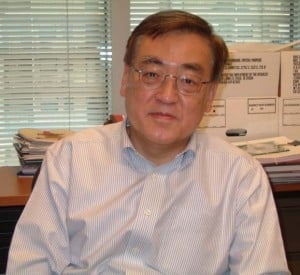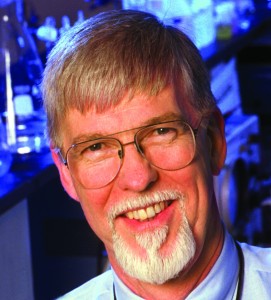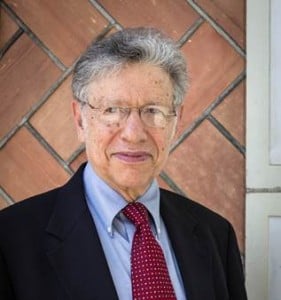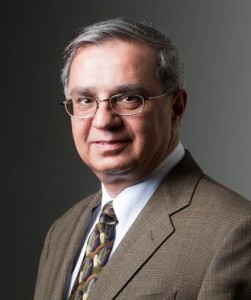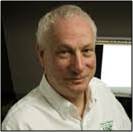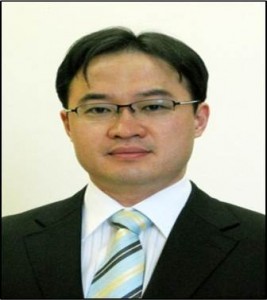Date: Thursday, February 5th 2015
Time: 12:00 pm to 1:00 pm
Location: JHU Homewood Campus, Hackerman Hall B-17
Speaker: Dr. Xin Sun
Laboratory Fellow & Technical Group Leader
Applied Computational Mathematics and Engineering Group
Pacific Northwest National Laboratory (PNNL)
PO Box 999, MSIN: K7-90
Richland, WA 99352
Title:
Integrated Computational Materials Engineering (ICME) for Lightweight Materials
Abstract:
Pacific Northwest National Laboratory (PNNL) is the only Department of Energy (DOE) national laboratory recognized by industry with signature capabilities in Integrated Computational Materials Engineering (ICME), and our research objective is to develop microstructure-based predictive modeling tools in understanding the influences of meso-scale defects and heterogeneities as well as their evolution kinetics on the overall mechanical properties, including ductility and failure, of engineering materials. We are the key bridge between the lower length scale material science and discovery to the larger length scale materials engineering and application. We are currently developing ICME-based predictive capabilities in lightweight metallic materials, including nuclear fuel and structural materials, multiphase advanced high strength steels, Mg castings, aluminum sheets, as well as amorphous glass systems for transparent armor applications. In addition to bulk material property predictions, Dr. Sun’s team has developed an integrated suite of modeling tools considering various manufacturing processes such as cutting (shearing), stretching, forming, welding and joining, in final property predictions. In this presentation, Dr. Sun will present PNNL’s ICME modeling framework and its applications in various lightweight materials including 3rd generation advanced high strength steels, aluminum sheets and Mg casting.
About the Speaker:
Dr. Sun is a Laboratory Fellow and the Technical Group Leader of the Applied Computational Mathematics and Engineering Group at the Pacific Northwest National Laboratory (PNNL). She holds a Ph.D. and two master degrees from the University of Michigan, and has a broad range of experience in the areas of applied mechanics and computational materials. Her expertise lies in applying the mechanics and materials basic principles in solving practical engineering problems associated with advanced materials.
Faculty Host:Prof. Somnath Ghosh, 203 Latrobe, 410-516-7833, [email protected]
For more information, please contact Khairul Bariah Abd Majid, 410-516-5033, [email protected]



